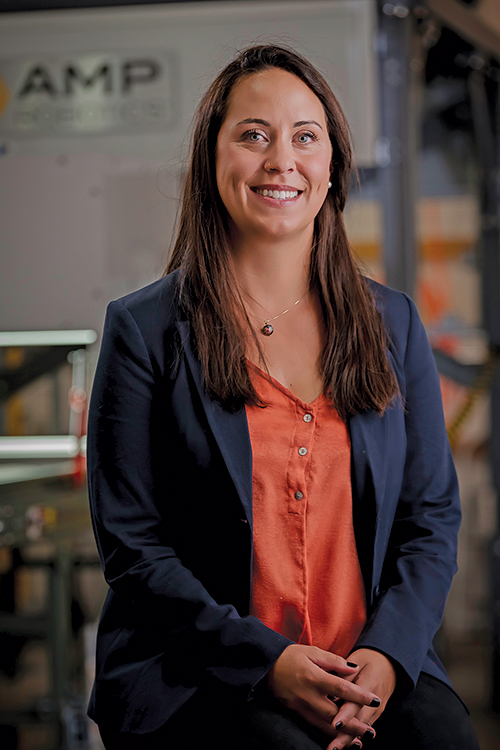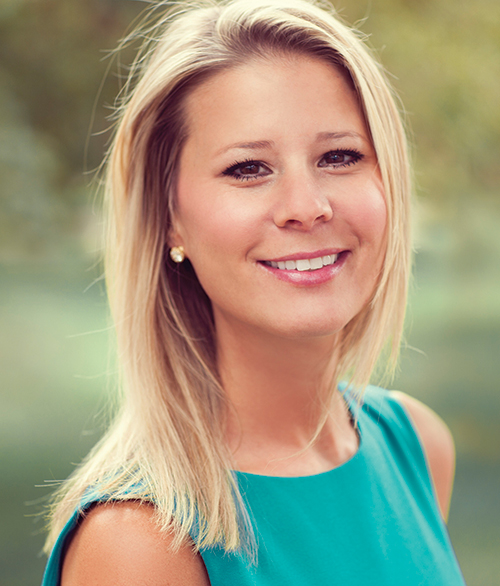Scroll through the 175 major corporate facility projects Site Selection has tracked in Colorado over the past three years and one trend emerges above others: Tech firms like what they see in the state.
The talented individuals those companies crave like what they see there too — the state’s population grew by 14.8% (744,518 new residents) between 2010 and 2020 to 5.77 million. That’s the sixth-strongest surge in the nation.
More are on the way. Recent studies by U-Haul and Linkedin found that Colorado was among the top states and Denver and Colorado Springs were among the top cities for in-migration during the pandemic. Colorado’s State Demography Office forecasts that Colorado’s population will exceed 8 million by 2050.
From 2010 through 2019, Colorado averaged 50,000 net in-migrants per year — equivalent to the number of advanced college graduates the state produces annually.
“We have a really strong in-migration, which creates this confluence of ideas and thoughts,” says Michelle Hadwiger, Director of Global Business Development at the Colorado Office of Economic Development & International Trade (OEDIT) “It’s created an environment where people are more collaborative."
On the tech side, it’s so active in Colorado that a new tech company is born every 72 hours.
“It has a lot to do with the density of talent in Colorado — we have the second highest educated workforce in the country," Hadwiger says. "We’re a knowledge-based economy, so it makes a lot of sense to be over-indexed in advanced technologies, and people can work where they want to live now."
The run of investors includes a healthy share of foreign firms, lured in part by an open and neutral culture that makes it easier for people from all over the world to transition. The ease of international travel from Denver International Airport helps too.
“It’s the 10th biggest airport in the world, and an exceptional economic driver for the state,” Hadwiger says. “And unlike other major airports, it has the ability to expand. We built ours in the middle of nowhere, and that’s working to our advantage.”
Even when you’re not flying, your company’s business is: The state’s Mountain Time zone means same-day communication and project collaboration can be done with colleagues in both Europe and Asia.
‘Really Cool’ is Really Attractive
Hadwiger says company leaders charged with location decisions always talk to other executives, who tell them when they interview talent about relocating to Colorado, they always accept. Anecdotal evidence corroborates this claim: The Molson Coors relocation from Denver to Chicago saw low acceptance rates of relocation packages, while the Google Boulder Campus is one of the most highly sought in the country by employees.
“People are coming here from the coasts,” says Emilie Kintner, an education technology leader from Boulder who just signed on with AMP Robotics last year as the company’s new head of talent and culture. “It’s a nice central hub, it’s beautiful, and the standard of living is still relatively affordable compared to other locations in the country.”

AMP deploys AI, sensors and robotics to cull valuable materials from waste streams and capture some of the $11.4 billion in recyclables lost to U.S. landfills annually. The company employs around 150 and is hiring for nearly 40 positions globally, 35 of them at its sites in Denver, Louisville and Broomfield, Colorado.
Founded in Boulder by CEO Matanya Horowitz, AMP’s fortunes have been boosted by successful venture capital raises, as well as support from OEDIT in the form of early-stage, export and other grants, some of which assisted AMP with the cost of international business development, "which laid the foundations for our current growth in Canada, the United Kingdom and Western Europe,” says AMP senior marketing and communications manager Carling Spelhaug, a transplant from Chicago.
The company’s mission is attractive to aspiring engineers, environmentalists and technologists. One recent hire, Manager of Talent Acquisition Melissa Evans, recently posted on LinkedIn, “Not only are we connected through our company mission of enabling a world without waste, but we are connected through bringing our genuine selves to work.” Plus, says Kintner, “How can you not think AI and robots and recycling are really cool?”
The snappy names associated with really cool companies pepper the long list of recent investors — DataDog, Strive Health, Wix.com, FileInvite, Strava, Quizlet, Facebook, Marqeta, Gusto, Zenpayroll, Booyah, Cipher Skin, Nextworld and yes, Amazon, among others. Moreover, their niches in cybersecurity, fintech and AI complement the state’s typically strong aerospace, engineering and life sciences clusters.
Does the cluster effect work to everyone’s advantage?
“Absolutely,” says Kintner, noting that the surge in tech startups in the state began when the national Techstars organization launched its very first incubator in Boulder in 2006. By 2014, she says, Colorado was getting sticky for startups and multinationals alike.
“It’s a great place to hub out of,” Kintner says. “While there are instances where we are competing with other organizations, it’s like a flywheel that got going and it’s not slowing down.”
Balance Pose
Work-life balance is already a Colorado calling card. But how do you balance the fast and loose startup spirit with high-altitude corporate professionalism? The state hits the right note there too. Kintner describes AMP as “fun, collaborative and communal but with a high level of professionalism you’d find with a company five times our size.” Meanwhile, multinationals flocking to the state are living out their sustainability and ESG missions, coloring in high-minded policies with real-world dimensions that apply to whole communities as well as whole people.

OEDIT’s Michelle Hadwiger knows about balance. She led the process of blending the state’s international trade and business development divisions. The OEDIT mindset is not siloed, but global and informed by data. With more than 30 federally funded laboratories in the state and growing partnerships between large and small businesses, the corporate-startup web of relationships only continues to deepen.
"The spirit of Colorado is different than other markets," Hadwiger says. "It’s a known thing. There is something special about the collaboration in Colorado that you don’t get in those cutthroat states on the coasts.”
Hadwiger at one time ran the Colorado Innovation Network (COIN). Today that network no longer exists. What went wrong?
Absolutely nothing. It fulfilled its catalytic purpose. A true ecosystem had evolved, known simply as Colorado.
This Investment Profile was prepared under the auspices of the Colorado Office of Economic Development & International Trade. For more information, visit oedit.colorado.gov.

